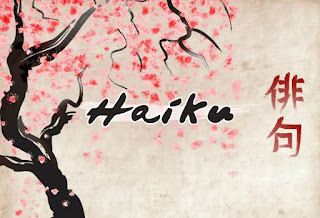Haiku Rush
I write, erase, rewrite
Erase again, and then
A poppy blooms.
Novelty and innovation are the crux of today’s generation and so is the introduction of the term Haiku, because when no one can hear, words find meaning here. This is a beautiful modernism in the writing industry, encouraging and fostering the upcoming poets to put forth their talent and work.
What is Haiku?
Haiku (hokku), is a Japanese verse of three unrhymed lines of five, seven and five syllables. The concept of Haiku started off in the thirteenth century. Earlier it used to be of hundred stanzas, however due to evolution and passage of time it broke away and was made shorter.
Renga, an oral poem was converted into a typical haiku by Matsuo Basho,
An old pond
Frog jumps in
The sound of water
After having a gist about what haiku means, it is easy to relate with the concept of Haiku jam. Haiku jam is output- dependent. The users of the Haiku jam app, called Jammers, collaborate to create short poems inspired by haiku. The jammers share their creative content turn by turn via social media. They also get rewards for putting such efforts by earning karma points for doing good in the app community. The haiku jam app is a platform of deep, idiosyncratic insights and inspiring collaborations of some beautiful hand – picked writings. This app is a medium to express one’s thoughts, feelings, emotions and ideas about a certain topic. It is an application from where poets from different corners of the world assemble and write a haiku poetry together.
Spinning a Haiku is not as easy as it seems, one must have proper knowledge about the subject as one has to put meaning into the poem in such a short verse. With few important points to remember we can easily ace writing a Haiku.
1. There are only three lines, totaling 17 syllables.
2. The first line is 5 syllables. The second line is 7 syllables. The third line is 5 syllables like the first.
3. Punctuation and capitalization are up to the poet, and need not follow the rigid rules used in structuring sentences.
4. A haiku does not have to rhyme, in fact usually it does not rhyme at all.
5. It can include the repetition of words or sounds to enhance poetic effect.




Comments
Post a Comment